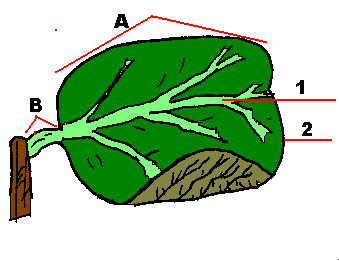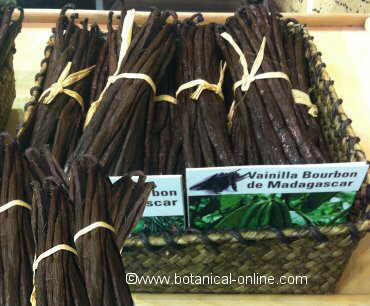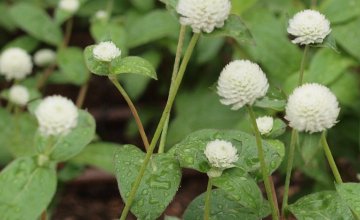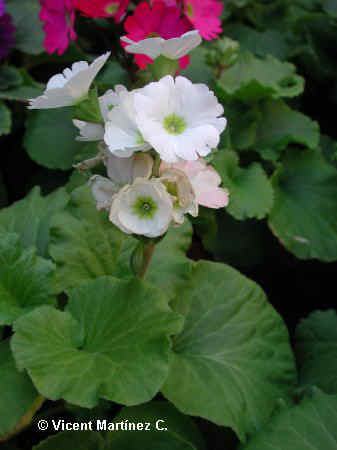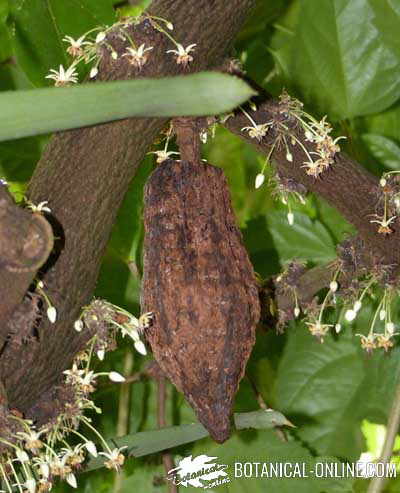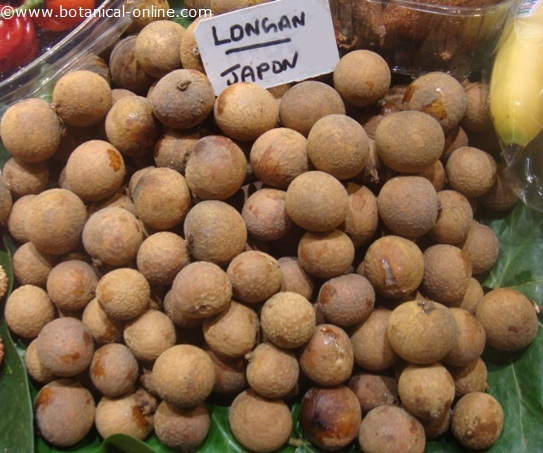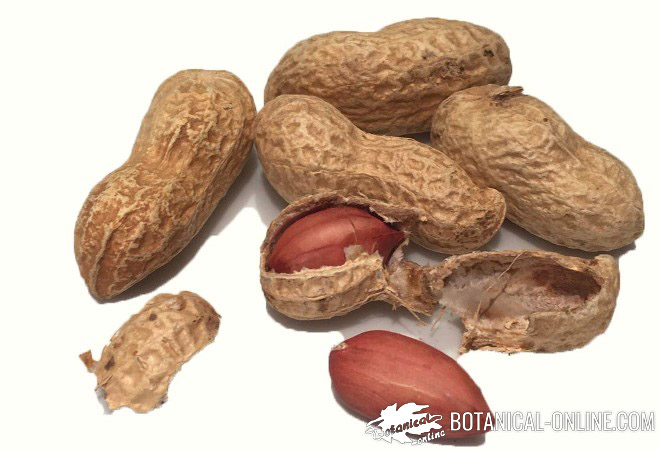Contents
Plants which feed on animals
What are carnivorous plants?
Carnivorous plants are called those plants with a special nutrition. This type of plants, instead of having a completely autotrophic nutrition, supplement their diets with different prey they capture from environtment by trapping them.
They realize this type of nutrition to incorporate nitrogen because this chemical element is lacking in the soil where they live.
Carnivorous plants are capable of using animal protein as a nitrogen source. These plants absorb the nitrogen compounds insects contain and from other prey as well as other organic compounds and minerals such as phosphates and potassium.
Why do carnivorous plants exist?
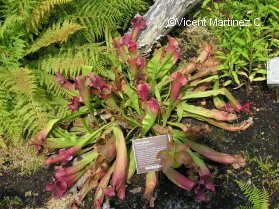
Carnivorous plants achieve to live in nitrogen-poor soils where other plants could not live. Places where carnivorous plants live are usually very acidic, so the nitrifying bacteria can not develop. Nitrifying bacteria incorporate nitrogen to the soil from the atmosphere. This will serve for plants.
Similarly, in fertile soil these plants can not thrive. One reason for this is that they can not face competition with other plants, since they need a very specific type of soil.
What do carnivorous plants eat?
Plants feed mainly on insects: flies, mosquitoes, beetles, ants, also other arthropods, like spiders and protozoa, for carnivorous plants that live in water, such as Utricularia.
Pitcher plants or monkey cups (Nepenthes sp) have developed traps, called pitchers, which may become of considerable size, so these carnivorous plants can eat small vertebrates such as frogs, lizards and even a mouse.
Carnivorous plants gardening
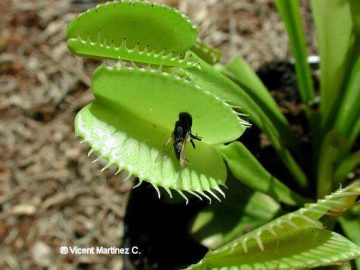
Worldwide there are more than 600 species of carnivorous plants. Gardening you can find plants like venus flytrap Dionaea muscipula or
Venus flytrap or Dionaea muscipula is a very popular carnivorous plant used as an ornamental plant.
Venus flytrap is native to the United States and very common as an ornamental plant; Cape sundew (Drosera capensis) is a very strong African species, very easy to cultivate.
Pitcher plants are native to the tropical rainforests. Nepenthes plants are quite demanding in their care.
Sarracenia plants, also called pitcher plants, since they possess the same trap system, are native to United States and Canada. They are carnivorous plants relatively easy to grow.
Where do carnivorous plants live?
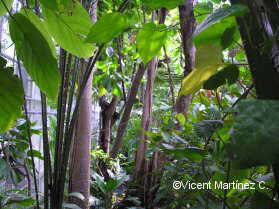
Carnivorous plants live in wet or watery environments, in soils or water poor in nitrogen. The ideal environment of a carnivorous plants are peatlands, that is to say, wetlands where organic acid material, called peat, has been accumulated.
They are sun-loving plants, because they need direct sunlight to develop. Carnivorous plants grow on acid soils and avoid calcareous or alkaline soils, as are calcifuges plants.
Carnivorous plants can be terrestrial, aquatic or live on other plants, that is to say, epiphytes.
These plants live on every continent, such as Drosera or Utricularia, or in specific areas of the world, depending on the genus and species of carnivorous plant.
How do carnivorous plants hunt?
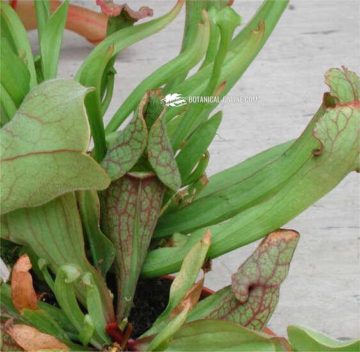
To catch prey, carnivorous plants first have to attract them: They use nectar signals, which are colored lines that attract insects presumably to a source of nectar, which does not exist, but to their death.
Carnivorous plants traps also tend to have ultraviolet brands so they can be seen by insects which are attracted by them.
Carnivorous plants capture, kill and digest their prey (small insects or other invertebrates) through mechanisms that are modified leaves. Capture mechanisms can be active, as Utricularia sp or Dionaea sp or may be passive mechanisms, such as Drosera sp, Nepenthes sp. Pinguicola sp or Sarracenia sp.
Nepenthes sp. Sarracenia sp. and others have some kind of urns, which are provided with a kind of caps with signs of nectar to attract insects. Insects fall within it and will be digested by digestive enzymes.
As particularities, Venus flytrap looks like a pair of jaws with teeth aimed to prevent insects escape. Utricularia is a carnivorous plant from wetlands provided with pouches, called utricles, to catch their prey with by suction, mainly invertebrates,
The trap or sundew is based on the same mechanism as the flypaper. Sundew has some leaves with hairs ending in a kind of hat. Here is the secretion of digestive and adhering substances to capture insects and facilitate their digestion
Threats for carnivorous plants
This kind of plant are threatened primarily by the destruction and fragmentation of their habitat: wetlands. A wetland is dried, for example, to increase crop areas or to start an urbanization.
Fragmentation of habitat can lead to endanger the genetic diversity of populations of carnivorous plants.
Carnivorous plants are also often threatened by collectors that extract them from their natural environment for growing them in pots.
Facts about carnivorous plants
Pitcher plants such as Nepenthes and Sarracenia, have a cap in each one of their jars that act as traps for insects and other prey. Pitchers do not serve to prevent insect escape but not to get too much water in it.
Although by definition every plant has three parts: root, stem and leaves, which are the vegetative apparatus of plants, called corm. In the case of carnivorous plants their roots are poorly developed.
Plants generally can reproduce sexually (seed reproduction), or asexually (vegetative reproduction). In carnivorous plants asexual reproduction is widespread.
![]() More information on plants.
More information on plants.

